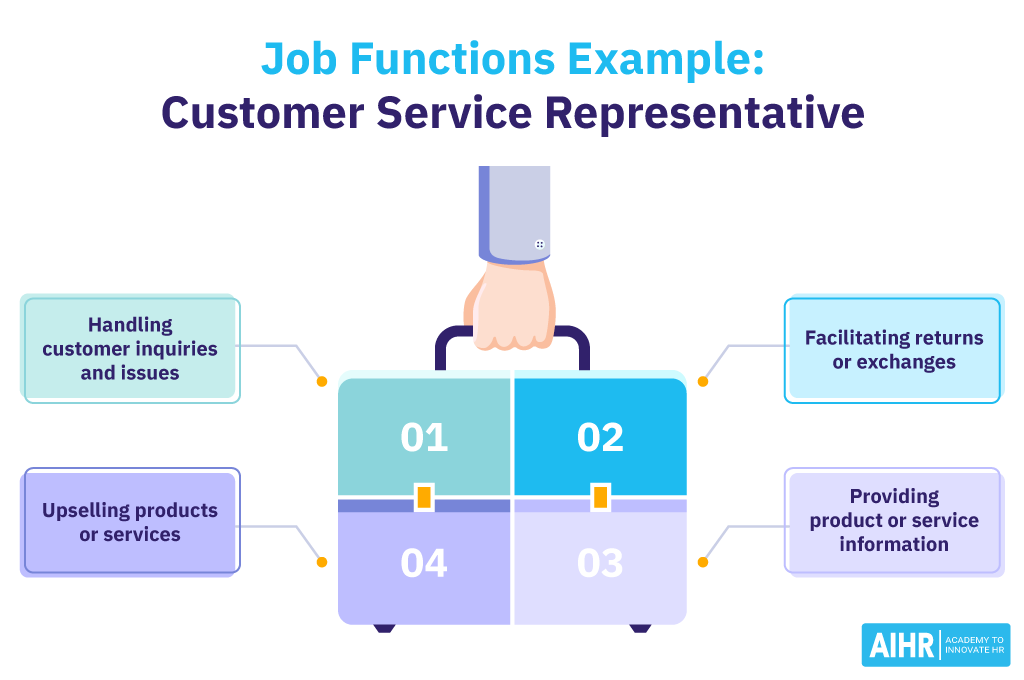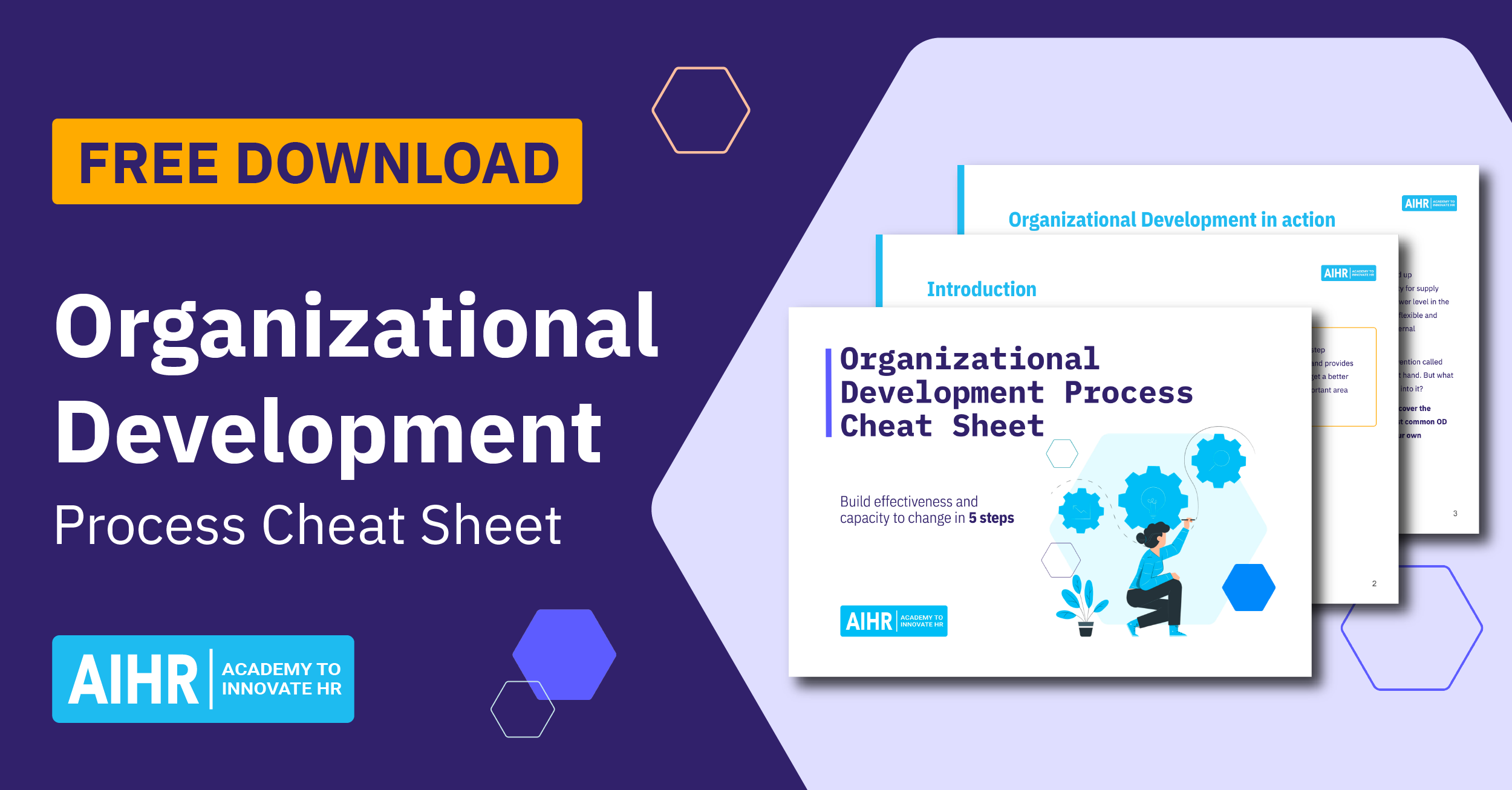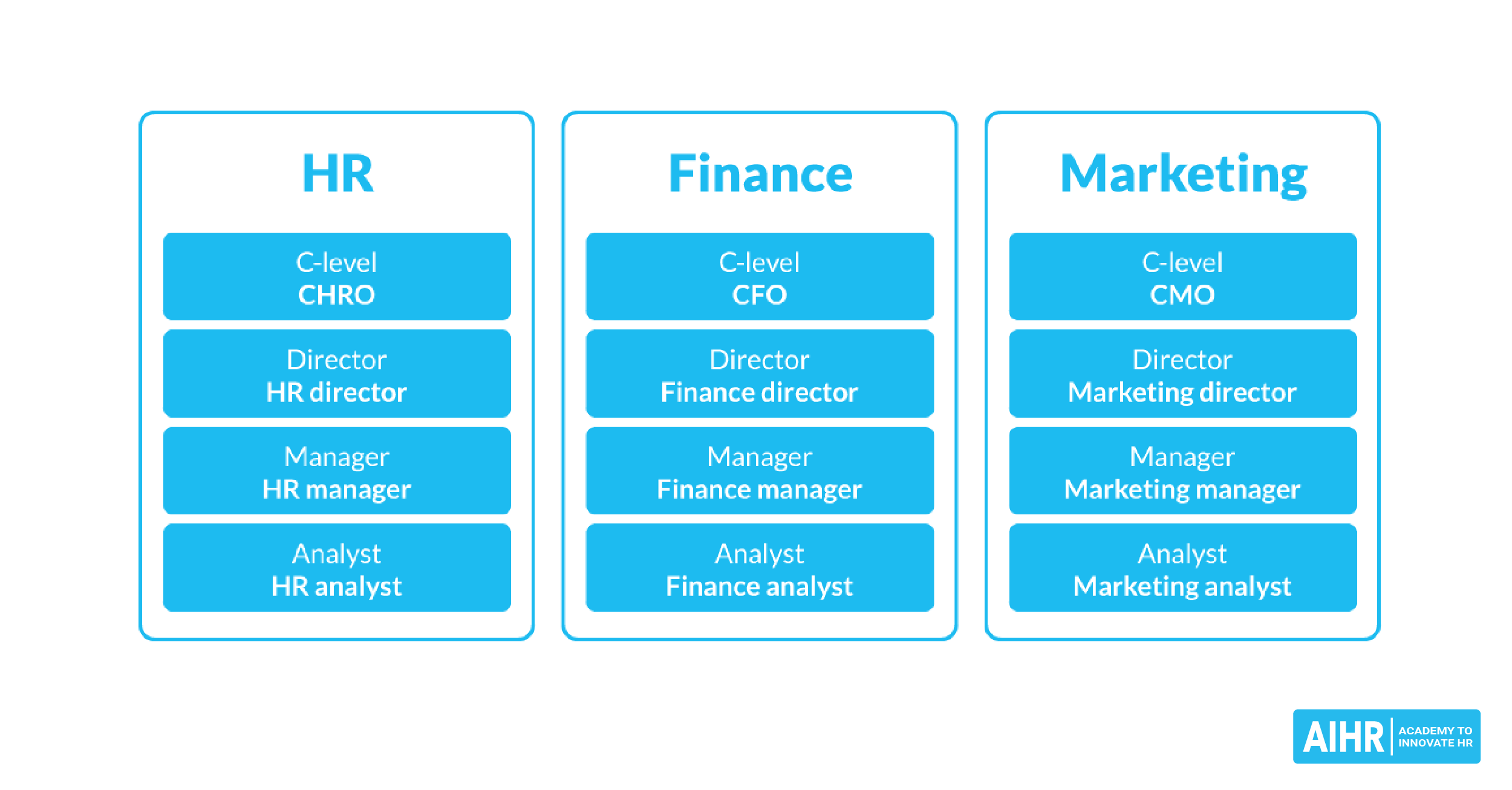Job Function
What is a job function?
A job function outlines a position’s main tasks and responsibilities, providing a detailed overview of an employee’s core activities. For example, a Marketing Specialist’s job functions typically include conducting market research, developing marketing campaigns, and analyzing campaign performance.
Job functions are usually outlined in job descriptions, specifying the key activities a person will perform in a particular role. Their overall aim is to provide a clear understanding of the duties involved in a position.
In connection to job classification and job family grouping within an organization, ‘job function’ refers to similar positions within a family based on similar skills and responsibilities. For example, within Finance (job family), job functions could include Financial Analysis, Accounting, and Risk Management.
Why are job functions important?
In either sense of the term, Job functions are essential, as they provide a clear framework for roles and responsibilities within an organization. They help employees understand the key tasks and activities within their role and department.
Clearly defined job functions support various HR practices, including recruitment, compensation, and performance management. They are also crucial to ensure legal compliance with labor laws to ensure anti-discrimination and to determine reasonable accommodations for employees with disabilities.
Job function vs. job title
Both job function (focused on the individual role) and job title are interconnected, as they define an employee’s role within an organization. However, there are some differences between the two terms:
1. Job function
- Identifies the specific tasks and responsibilities of a position within a job family.
- Defines the job title with more detailed descriptions of an employee’s role.
- Groups similar positions that have comparable skills and expertise.
Example: Within the IT department (job family), a Software Developer (job title) is responsible for designing, coding, and testing software applications (job functions).
2. Job title
- Refers to the name of a specific role or position within an organization.
- Reflects the type of work performed but not a detailed description of the duties involved.
Example: Paralegal (job title)
Job function examples
Job functions as core responsibilities
Here are some examples of job functions focusing on individual roles within an organization:
| Job title: Marketing Manager |
| Job functions: · Conduct market research and define key audiences · Create tailored marketing strategies · Develop and execute marketing campaigns · Monitoring the performance of marketing campaigns. |
| Job family: Software Developer |
| Job functions: · Design, develop, and test software solutions · Analyze system risks and monitor system performance · Create technical specifications and ensure documentation · Assess new technologies before implementation. |
| Job family: Finance Specialist |
| Job functions: · Manages the financial records of an organization · Documents financial transactions · Prepares financial statements for key financial reporting · Ensures organizations comply with federal, state, and local legal requirements. |

Job function in the job family grouping
Below is what job function in relation to job classification could look like in practice:
| Job family: Human Resources |
| Job functions: · Recruitment and Selection · Training and Development · Employee Relations |
| Job family: Healthcare |
| Job functions: · Clinical Services · Health Information Management · Healthcare Administration |
How can job functions help HR?
Here is a detailed overview of how job functions related to both individual roles and job classification positively impact fundamental HR practices:
- Recruitment and selection: Job functions are an essential component of job descriptions, contributing to a more efficient screening process. Clearly outlining a position’s core duties and responsibilities attracts qualified candidates with the necessary skills and experience.
- Compensation and benefits: Well-defined job functions allow HR to create compensation structures for each role, using the main duties, skills, and expertise to determine employee salaries.
- Workforce planning and optimization: By understanding the functions of each role, it is possible to identify potential skill shortages or surpluses. This enables HR to make informed decisions about recruitment, layoffs, redeployments, and workforce development strategies.
- Professional development: A clear overview of the key activities, responsibilities, and skills needed for each role supports HR in identifying professional development and career advancement opportunities.
- Performance management: Job functions often serve as the foundation for establishing clear performance expectations. Aligning employee performance goals with their specific duties and responsibilities allows for effective performance reviews.
FAQ
Basic job functions are the essential, day-to-day tasks and responsibilities of a specific position. These duties are performed regularly, making up an employee’s core activities. For example, the basic job functions of a customer service representative include handling customer inquiries and issues, facilitating returns or exchanges, and providing product or service information. However, they may also have broader functions, such as upselling products or services.
Job function and job description are closely related, but they are not the same. A job description is a written outline of the entire scope of a position, including the job function, required skills, experience, and qualifications. The job function is often part of a job description, detailing the specific tasks and responsibilities the role requires.







